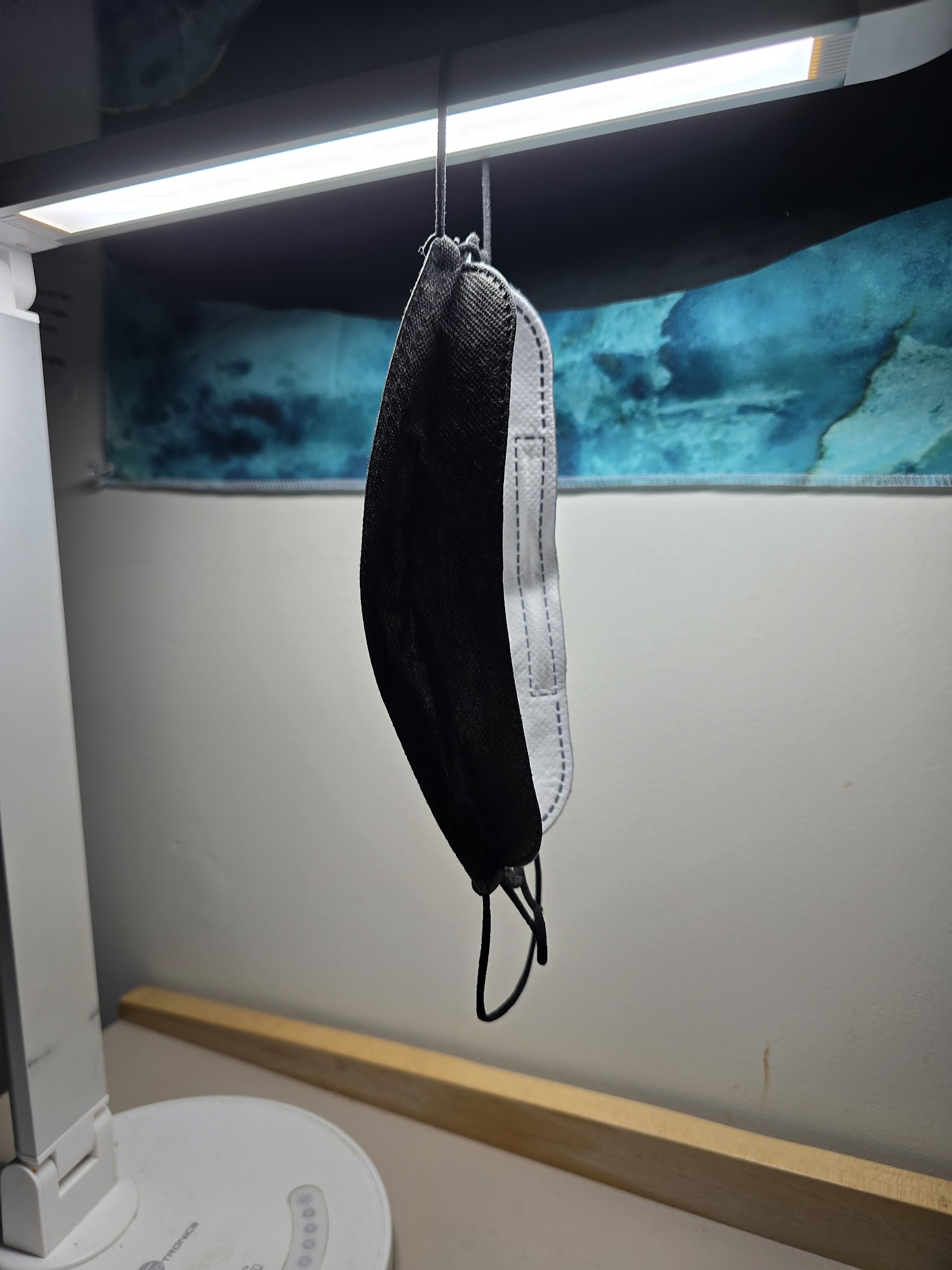
By Hannah Lee
Surges and Variation: COVID and Students’ Attitudes Toward It
With holiday travels and students returning back to school, the CDC reports that the U.S. is in the second-biggest COVID-19 surge since 2020.
According to the CDC’s wastewater data, the current viral activity for COVID-19 is high, with cases rising yet again. While not as high as or severe as the omicron surge from 2021 to 2022, it is still similar in that most cases were reported in December and January. This pattern with the virus surging in the winter months coincides with higher respiratory virus rates.
The Pandemic Mitigation Collaborative’s (PMC) data tracker releases weekly statistics and analysis of national COVID data. According to the tracker, as of January 22, there is more COVID-19 transmission today than during 85% of the pandemic. Michael Hoeger, the organizer of the PMC tracker, estimates 1,200,000 new cases daily across the United States, and that one in 40 people is contagious with the disease. He also estimates that the surge will continue until mid-February.
The PMC also released a new table detailing the chance that anybody in a group could be infectious. In a group of 1, there is a 2.5% chance that anybody is contagious. As the number of people in a group increases, so does the chance of somebody being infectious. In a group of 20, there is a 39.9% chance, a 63.8% chance in a group of 40, and so on. At Puget Sound, this implies that the chances somebody is infectious in a given class can range from 20 to 50% depending on the class’s size.
The Trail surveyed the student body to better understand student attitudes towards COVID-19 and student understanding of the University’s COVID-19 policies. In a survey of 100 students, 81.6% of students reported that they typically don’t mask, and the majority of students reported they were neutral or not concerned with COVID-19 at all. There was also a 50-50 split on whether or not students understood the University’s COVID policies and whether or not the University’s response to COVID met each student’s current level of concern. These data points reflect a student body attitude significantly more indifferent than the one exhibited at the beginning of the pandemic. Students did receive emails from CHWS at the beginning of the fall semester about the new COVID policy and information about respiratory viruses, but whether or not students read the emails was up to them.
There are some limitations to this study. The sample size, 100, is only about 5% of the entire student population and may not fully represent the entire student body. Some questions could have been more specific, especially about whether or not students understood the COVID policy but the limited amount of time available for the study did not allow for more specific questions to be asked.
Along with the current COVID surge, there is a new variant that scientists are keeping an eye on. This new variant, JN.1, is a subvariant of Omicron and was originally detected in August. As of January 20, it is currently responsible for 86% of cases across the country according to the CDC.
The symptoms for JN.1 are consistent with those of COVID-19 in previous years, including fever, chills, muscle aches, sore throat, congestion, headaches, fatigue, and shortness of breath. These symptoms are also similar to other respiratory viruses that are common during this time such as the flu, RSV, and the common cold. Officials say it is important to test for COVID-19 if you have symptoms to reduce the risk of it spreading and for those who are immunocompromised.
Eyal Oren, a director and professor of epidemiology at the School of Public Health at San Diego State University commented to NPR that one possible reason for the current surge is that the COVID-19 virus is mutating so quickly that our immune systems cannot keep up. Another possible reason is that not enough people are vaccinated. According to the CDC, only 21% of adults reported receiving the updated COVID-19 vaccine. The new vaccine, which has been available since September 2023, reduces severe illness and hospitalization and is strongly recommended by the CDC and healthcare providers.
While the risk and seriousness of COVID-19 remains mildly high, UPS students’ concern with it remains low. Only a handful of students reported being seriously concerned with COVID-19, and only 18.4% reported that they mask. This data is in line with the general public not being as concerned with COVID-19 anymore, also evidenced by states like California and Oregon that are no longer requiring isolation for those with the virus as long as they remain symptom-free.
